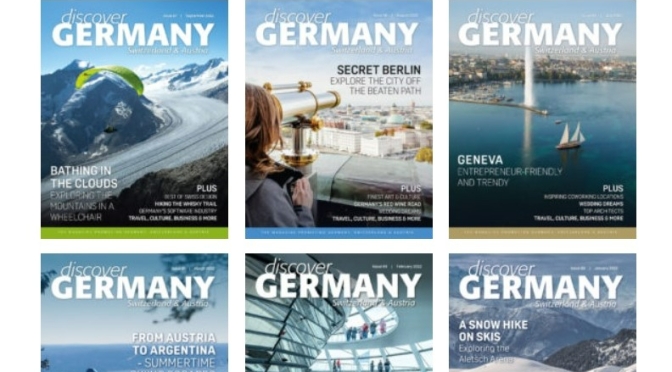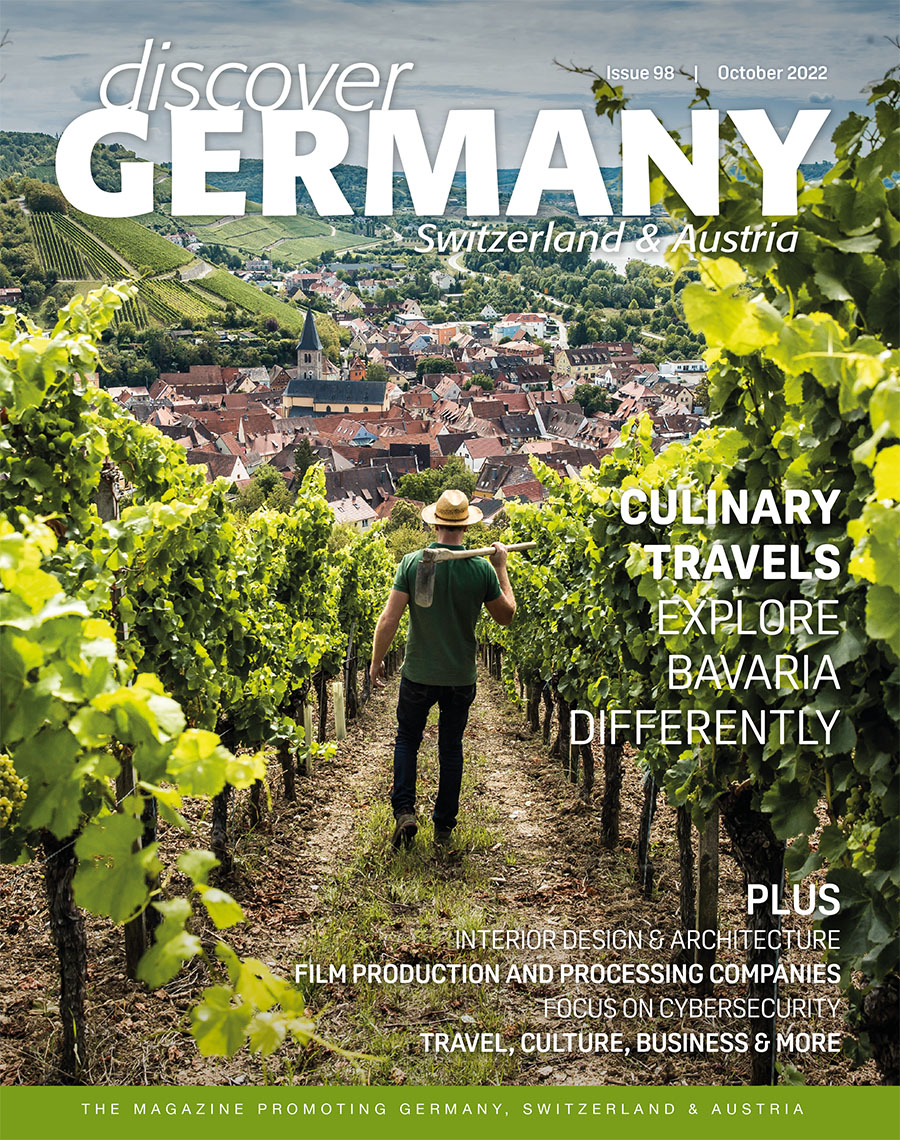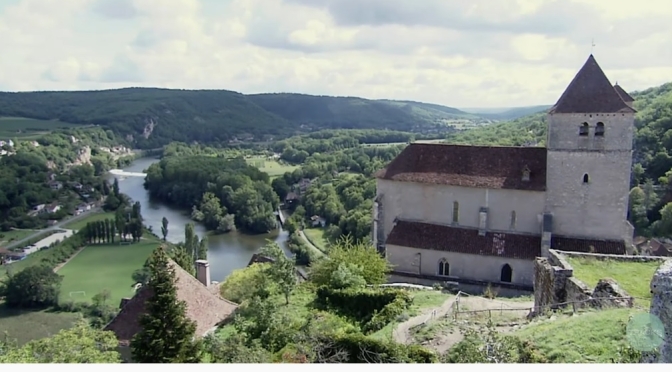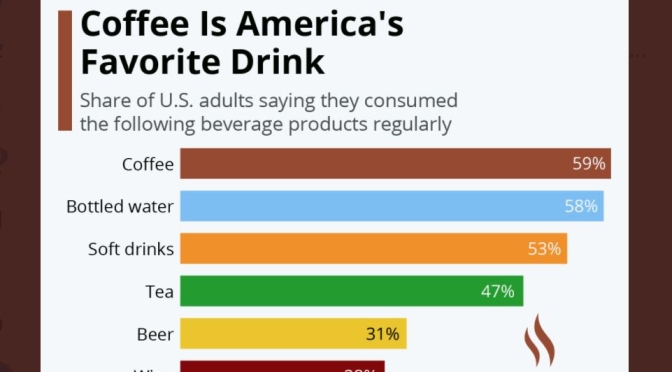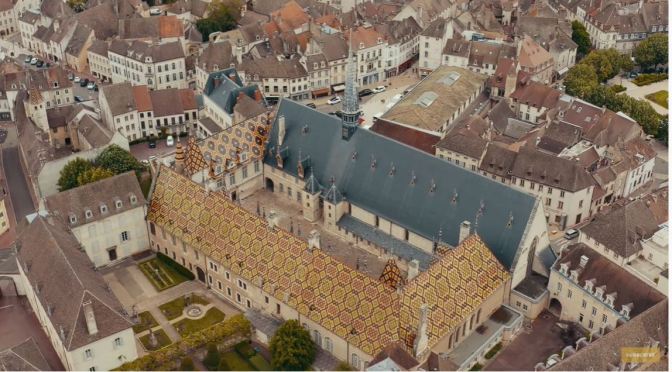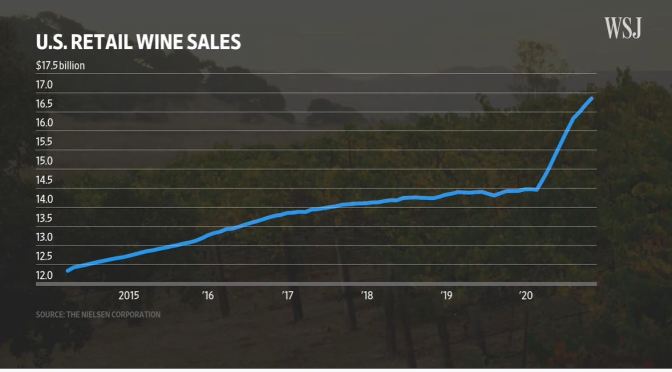

THE NEW YORK TIMES MAGAZINE (July 9, 2023) – In this week’s cover story, Sarah A. Topol reports on how the U.S. military continues to build up Guam and other Pacific territories — placing the burdens of imperial power on the nation’s most ignored and underrepresented citizens. Plus, an interview with the British writer-actress Phoebe Waller-Bridge, a profile of the winemaker Maggie Harrison and inside the D.N.C.’s primary problem.
The America That Americans Forget

As tensions with China mount, the U.S. military continues to build up Guam and other Pacific territories — placing the burdens of imperial power on the nation’s most ignored and underrepresented citizens.
Talk June 29, 2023
Phoebe Waller-Bridge’s Great ‘Indiana Jones’ Adventure

Waller-Bridge, 37, is co-starring in the just-released “Indiana Jones and the Dial of Destiny.” (This is after previously contributing to the screenplay for a film about another iconic character: the 2021 James Bond effort, “No Time to Die.”) Further out on the horizon, Waller-Bridge, who also created the spy-thriller series “Killing Eve,” is working on a show based on the “Tomb Raider” video game for Amazon Studios. (At the time of publication, though, that show’s progress is currently on hold because of the W.G.A. writers’ strike.)
Maggie Harrison’s War on Wine

Her painstaking blends are dazzling diners and critics — and upending long-held notions about how winemaking is supposed to work.



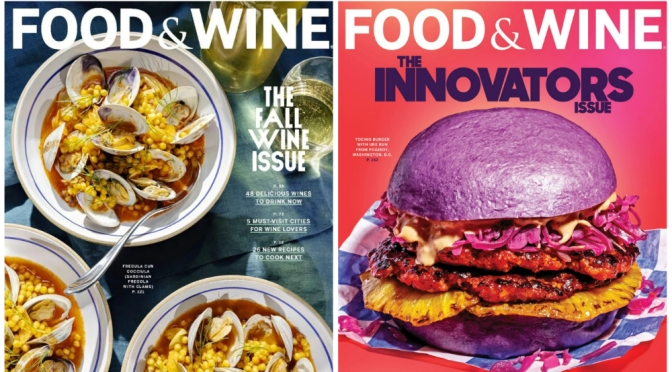
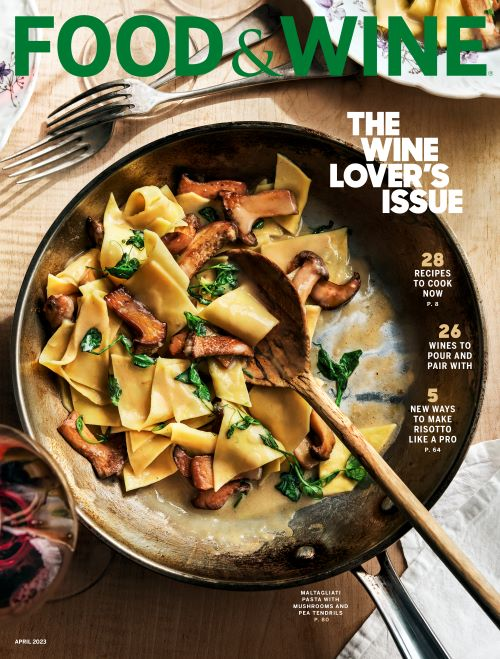
:max_bytes(150000):strip_icc()/2023-Drinks-Innovators-of-the-Year-FT-2-MAG0423-c313d536d84348058ddfa915868d9d41.jpg)
:max_bytes(150000):strip_icc():format(webp)/The-Best-Food-in-Greece-Is-in-the-Birthplace-of-Zeus-FT-BLOG0123-8f05b59bc8b84ed6b2388673226221b4.jpg)
